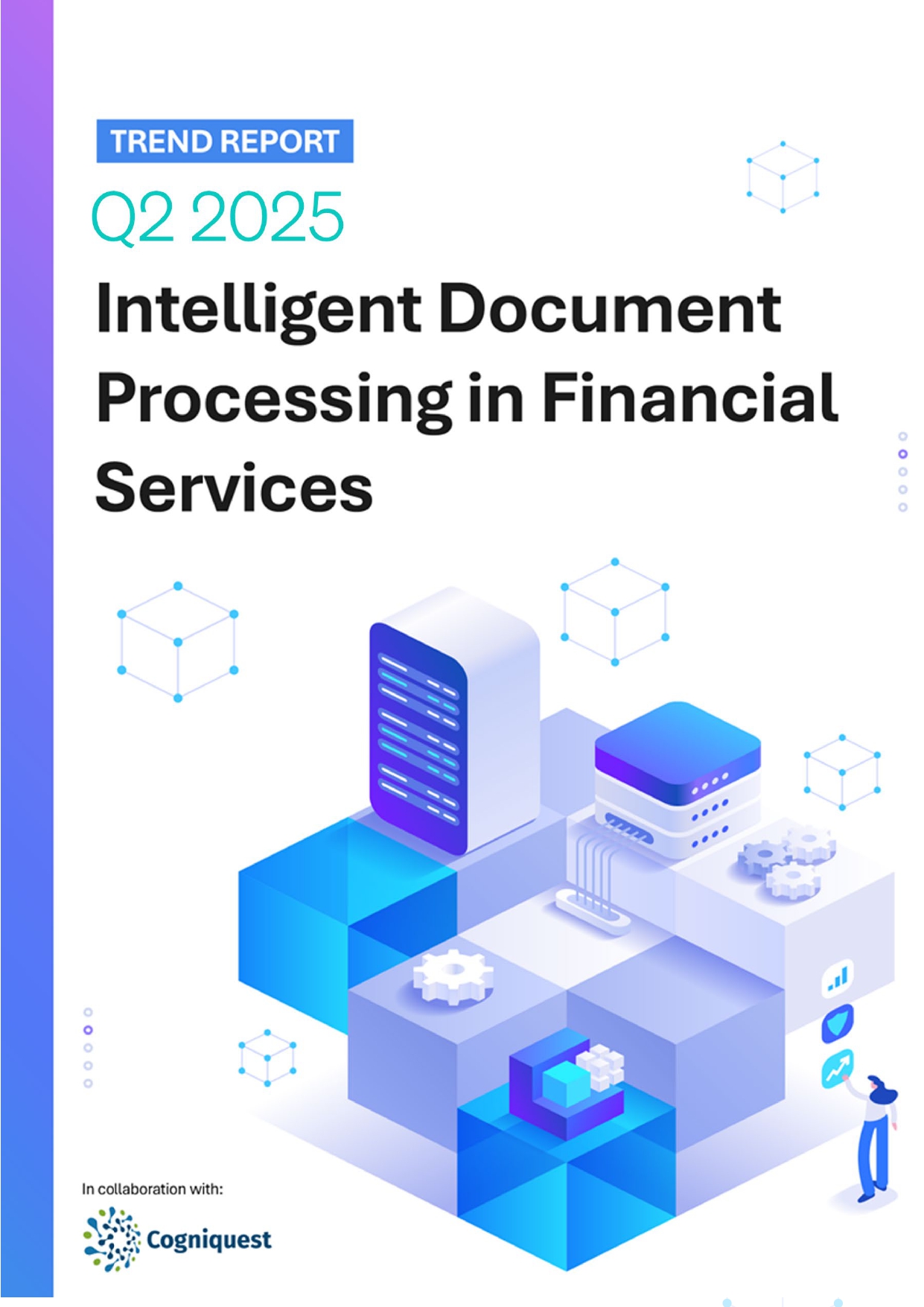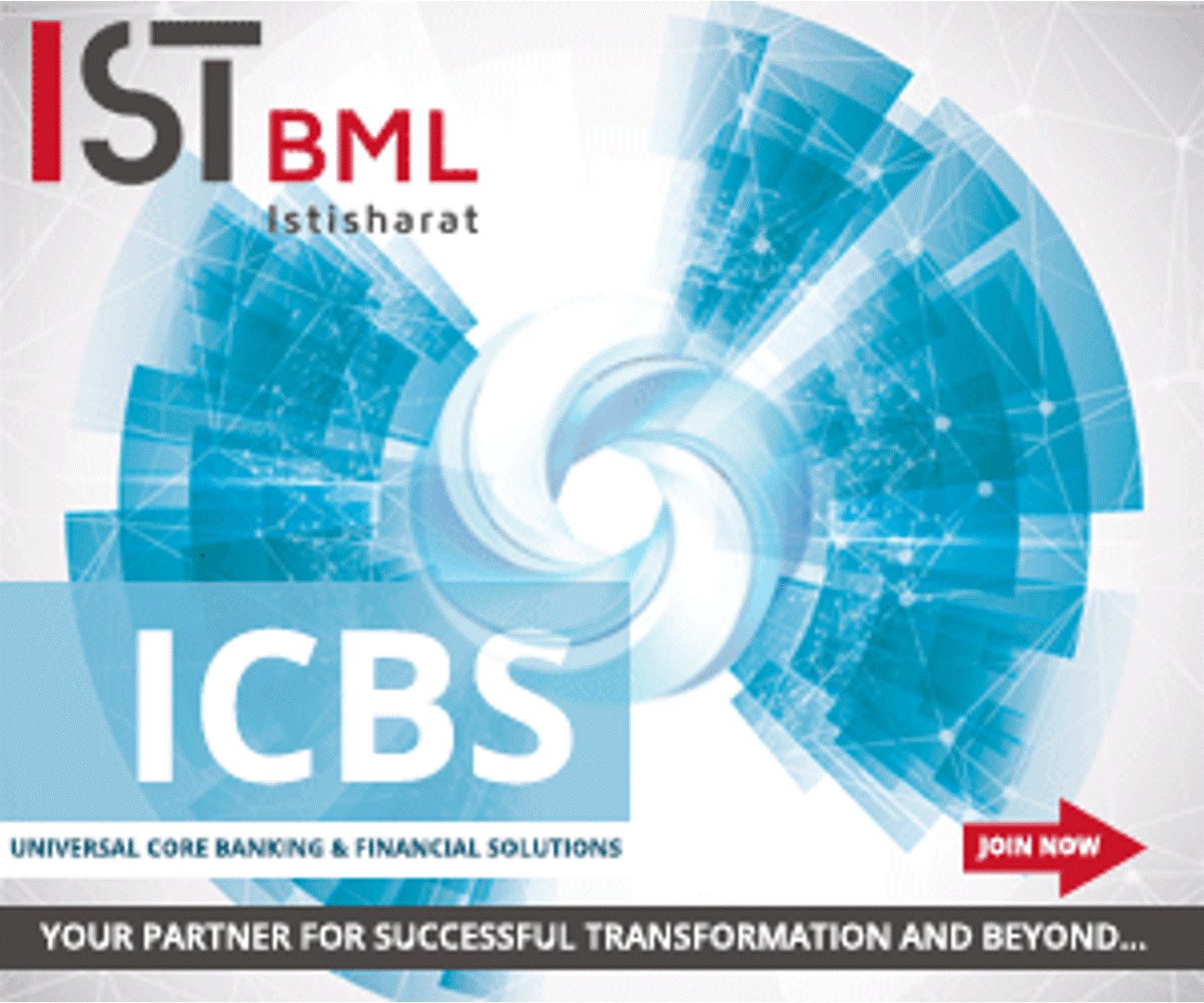 Back
Back
European banks lagging behind in onboarding process for corporate clients
By Gaia Lamperti
Onboarding corporate clients can take banks 90–120 days, an unforgivable timeframe in the digital realm. Also, processes developed for corporate use are often slow, blocky, and more cumbersome.
Global research into corporate banking by digital business and IT services leader NTT DATA has found that European banks, in particular, are behind the global trend in making the onboarding process “fast and seamless” for corporate clients. On average, more than a third (39%) of clients from LATAM, APAC, and the US reported a smooth onboarding process. In contrast, just over a quarter (27%) of clients in Europe reported the same.
The NTT DATA’s report, Global Research into Corporate Banking’s Future, surveyed 330 banking and 550 enterprise respondents from 12 countries across the globe and examined the state of corporate banking following the Covid-19 pandemic. The client onboarding process formed a significant part of the report as banks continue to rationalise their portals.
“As we look to 2022 and beyond, corporate banking has permanently changed. Clients are no longer at their office desks, and the face-to-face relationships that the business development managers had nurtured and it has been replaced by multiple touchpoints. Phone interactions are increasingly being replaced by digital platforms and interfaces. Clients demand an omnichannel experience, seamlessly switching between channels to create a frictionless banking environment,” highlights the report.
Among the key study findings, 3x corporate clients report they want to communicate through APIs compared to those wishing to primarily communicate face to face or via email, showing that corporates increasingly choose machine-to-machine communication over person-to-person.
It is worth stressing that corporate customers are consumers themselves, and they increasingly expect the same user-friendly applications used in their personal lives. So, the new digital onboarding experiences need to meet those standards. They involve both the front-end and the back-end: an end-to-end strategy that touches every element of the onboarding process.
Although Europe is lagging behind in part due to stricter KYC/AML (know your customer/ anti-money laundering) requirements in the region, there is still a need for the continent to catch up with the global trend. The report suggests that technology offers European banks the best of both worlds: a smooth onboarding process and rigorous and robust testing to ensure the regional requirements are met.
The report also found that 85% of the banks surveyed are working on rationalising their portals. The main reasons revolved around client-centricity, with about 57% of them saying the driver behind portal rationalisation was to improve the client experience, and 53% saying it was to allow staff to improve the servicing of clients.
Furthermore, the number of banks in APAC investing in enhancing their products using AI doubled compared to US banks. Over 50% of them are using AI to enhance their KYC and AML processing.RPA (Robotic Process Automation) and AI is the biggest area of investment in APAC, whereas the US and Europe are most likely to invest in Open Banking. Globally, banks are investing in streamlining and digitising client-onboarding processes, and 61% of the respondents said they choose to build a cash forecasting solution in-house versus 39% that buy a third-party solution. LATAM is the region most likely to buy an off-the-shelf solution
IBSi FinTech Journal

- Most trusted FinTech journal since 1991
- Digital monthly issue
- 60+ pages of research, analysis, interviews, opinions, and rankings
- Global coverage
Other Related News
Related Reports

Sales League Table Report 2025
Know More
Global Digital Banking Vendor & Landscape Report Q2 2025
Know More
NextGen WealthTech: The Trends To Shape The Future Q4 2023
Know More
Intelligent Document Processing in Financial Services Q2 2025
Know More




